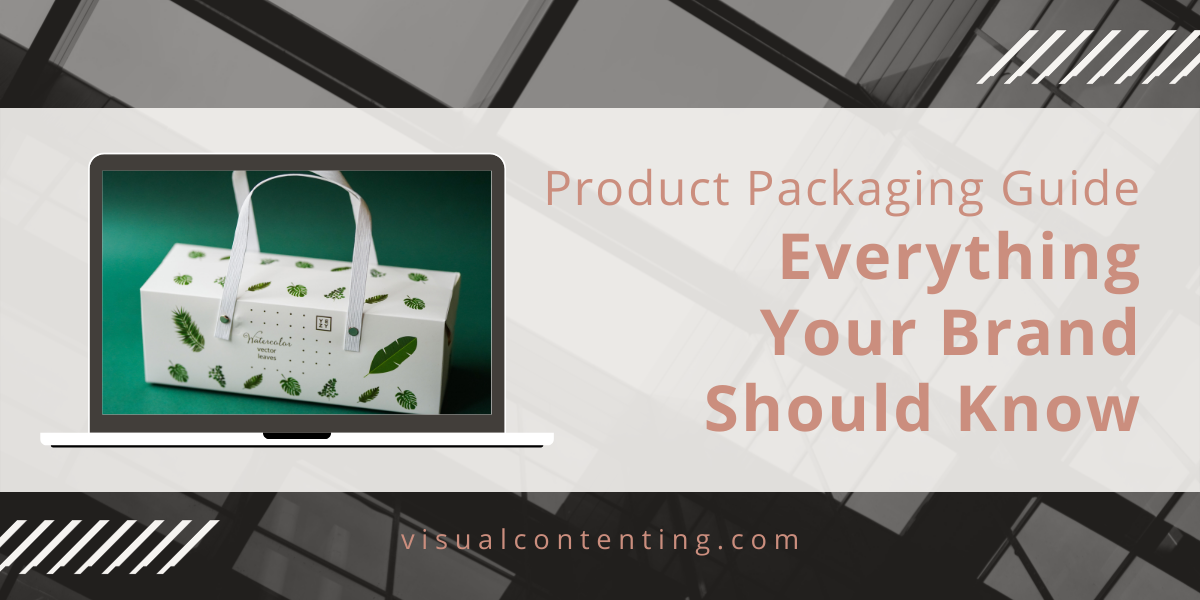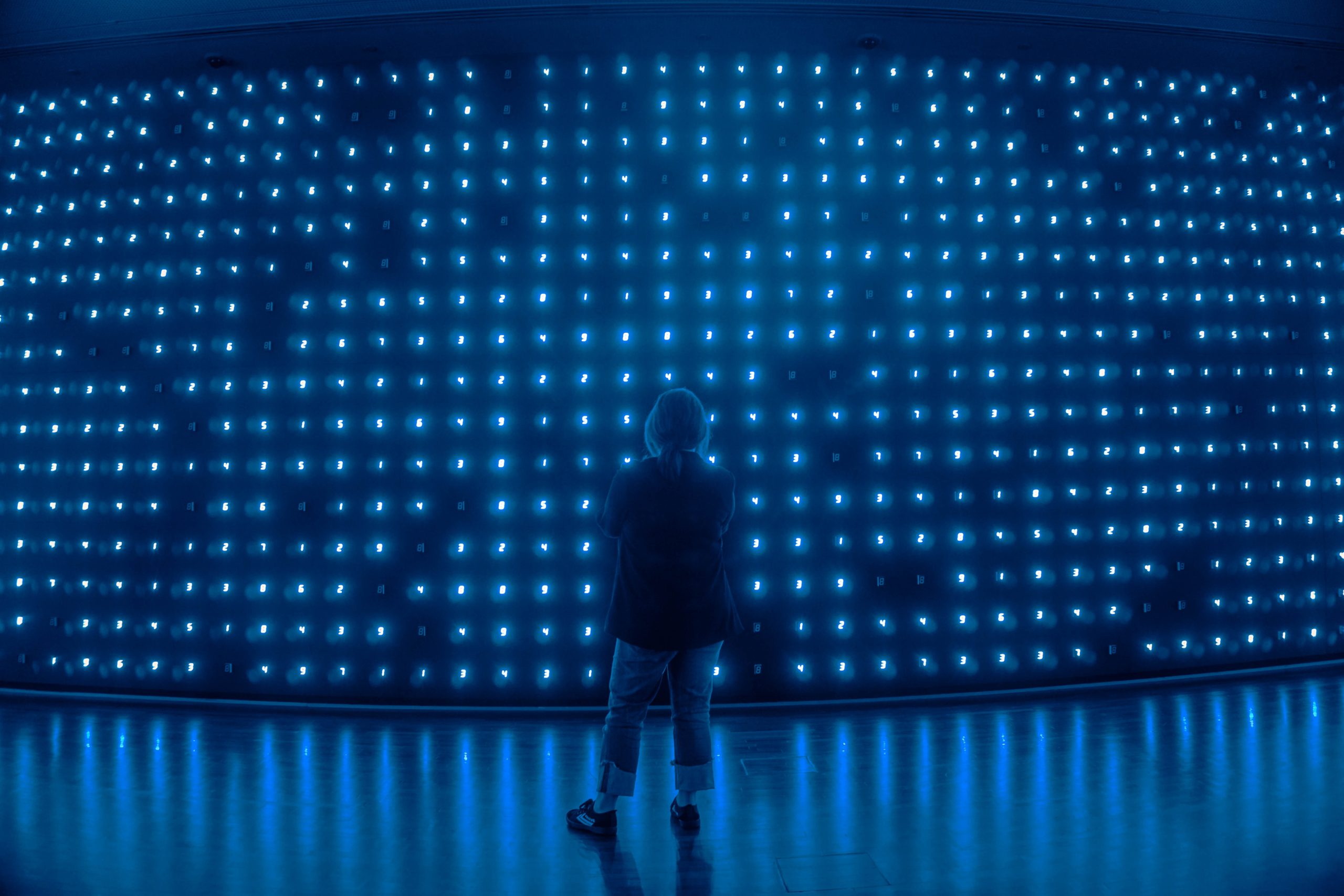The way brands market their goods has changed drastically over the last few years. Most businesses have turned to e-commerce to sell their products. Additionally, there is an increase in demand for product packaging solutions due to logistic and shipping processes and the drive to create a unique customer touchpoint.
Product Packaging Is More Than the Container
A Mordor Intelligence report shows that the packaging market will grow up to $61.55 billion by 2025. Packaging isn’t only used to protect products from the shipping process, but it’s also used as a marketing opportunity.
Product packaging is a huge aspect of your brand, which can significantly impact your customers’ experience and loyalty. However, many businesses fail to see the strong connection between product packaging and branding. If your product packaging design isn’t done well, it won’t reach its full potential no matter how great your product is.
While it’s important that packaging protects the product, businesses can also create branded packaging to improve profitability and delight customers. The process of product packaging includes the thoughtful selection of materials and how you’ll present your product to consumers.
Product packaging encapsulates your brand’s first impression to your customers. So, ideally, your product packaging should be memorable.
The Role of Product Packaging in Retail
Product packaging is important for both physical and online retailers. There can be a thousand brands in your industry that have the same offers as your business. One way you can stand out from the crowd is through packaging.
With online retailers, customers have a limited hands-on experience with products before purchasing. Packaging can help online retailers reach their audience, attract customers, and build buyer loyalty.
When online merchants invest in premium packaging, 40% of their consumers will likely make repeat purchases. By using premium packaging, you’re showcasing that your brand is upscale. Additionally, your customers will be more excited to receive your product.
Nowadays, people love to share their experiences on social media. If your packaging succeeds in providing a pleasant, delightful experience for customers, they may document themselves “unboxing” your product. Their content can fuel your advertising efforts because your brand and products are shared with different audiences.
What to Consider When Choosing a Product Packaging Design
To attract your customers’ attention and increase your business’s chances of getting repeat customers, you must create a product packaging that stands out. Here are some elements you should consider when designing your packaging:
- Stability – Choose the right materials that can safely hold and transport your product. You can choose from materials like paper, aluminum, glass, flexible packaging, or rigid packaging.
- Branding – Use bespoke color combinations, imagery, and typography to make your brand easily identifiable.
- Information – Feature compelling and informative packaging copy in your products. You can add catchy slogans, allergy information, product instructions, or QR codes.
- Legalities – Make sure your product packaging follows your jurisdiction’s regulations. If your product is edible, add the best before dates. If your product is electrical, state the voltage and usage warnings.
- Sustainability – Switch to eco-friendly packaging wherever possible. The market today has tons of sustainable packaging options, from recycled plastics to biodegradable packing peanuts.
For an effective package design, it’s best to combine function and aesthetics by including all the above mentioned elements in your packaging.
Dive deeper into the essential points of what you need to know about creating and designing the best packaging for your brand by reading the infographic below. It’ll serve as your product packaging guide and show the various types of product packaging, notable product packaging features, types of print for packaging, and how to put your product packaging idea together.
Every brand has its own story that is waiting to be told. Storytelling technique combined with creative design is what you need to effectively tell this story.
It’s what we do at Visual Contenting.
We specialize ourselves in helping people and brands visually tell their stories to the right target audience, with the right messages and at the right time.
It’s time to TELL YOUR STORIES WITH PICTURES!!!




